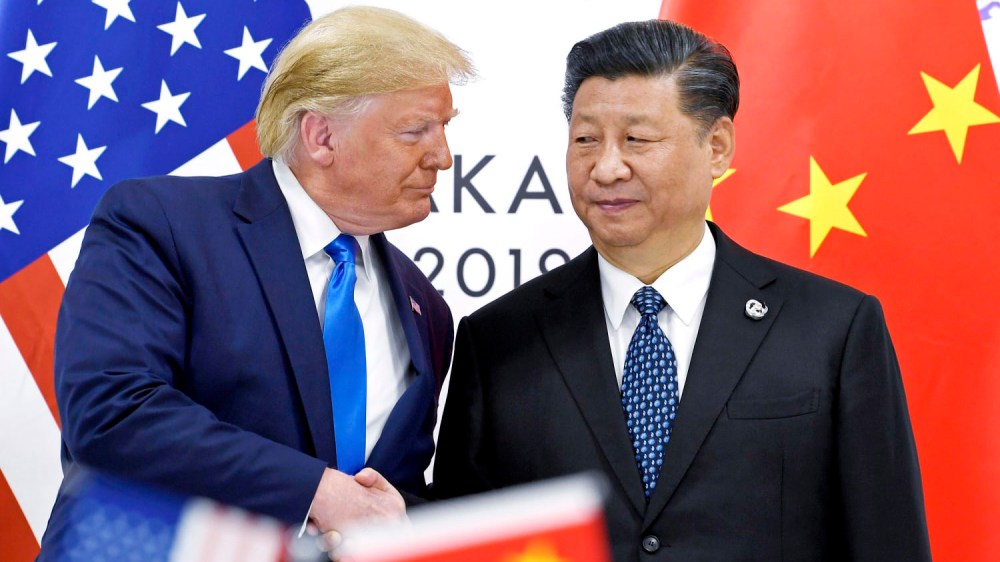KUALA LUMPUR, Malaysia — To President Donald Trump, it’s all about the “art of the deal.” And landing economic agreements with individual nations has been the focus of the president’s swing through Asia as the impact of tariffs overshadows just about everything else.
With Trump’s trade war taking center stage at the Association of Southeast Asian Nations (ASEAN) summit, the president used the multilateral confab as the backdrop for one-on-one dealmaking.
That approach paid out. At ASEAN, Trump announced individual trade agreements with four of its 11 member states, including Cambodia and Malaysia.
But it has also put smaller nations in a bind — caught between the U.S. and China as the world’s two most formidable economic powers vie for dominance in the Indo-Pacific.
The Cambodia and Malaysia deals with the U.S. contained provisions obligating those countries to cooperate against “third countries” in areas such as export controls and tariff evasion — language aimed at China.
China, meanwhile, used the summit as a chance to inveigh against the disruptive impact of “high tariffs” — an apparent reference to Trump’s trade policies, which remain a sore spot for many U.S. trading partners.
The White House is unconcerned about ceding power to China in the Indo-Pacific by foregoing regional cooperation on multi-lateral trade pacts for individual deals that squeeze concessions for the U.S.
“The Trump administration’s focus on bilateral trade deals has already accomplished more for American workers, farmers, and industries than decades of prior administrations promoting multilateral collaboration have,” White House spokesperson Kush Desai said in a statement, going on to state that Trump’s trade deals have “created unprecedented market access” to economies worth over $30 trillion and encompassing nearly a billion people.
Trump’s reciprocal tariff threats have created an environment of economic instability in southeast Asia, which has been hit especially hard by the escalatory tit-for-tat. In 2024, the trade of U.S. goods and services with the then-10 ASEAN nations totaled roughly $572 billion. An August 2025 report from the United Nations Development Program projected that tariff-induced price increases will cause a 9.7 percent drop in exports from the southeast Asia to the U.S.; Vietnam, the most affected nation in the region, faces a potential 5 percent reduction in its GDP as a result.
Earlier this year, Trump’s moves prompted ASEAN leaders to issue a joint statement expressing concern “over the continued rise in unilateral actions relating to tariffs … and the growing risk of global fragmentation.”
“ASEAN underscores that unilateral and retaliatory trade actions are counterproductive and risk exacerbating global economic fragmentation,” the leaders wrote in May.
In recent days, Trump sought to change that tune.












